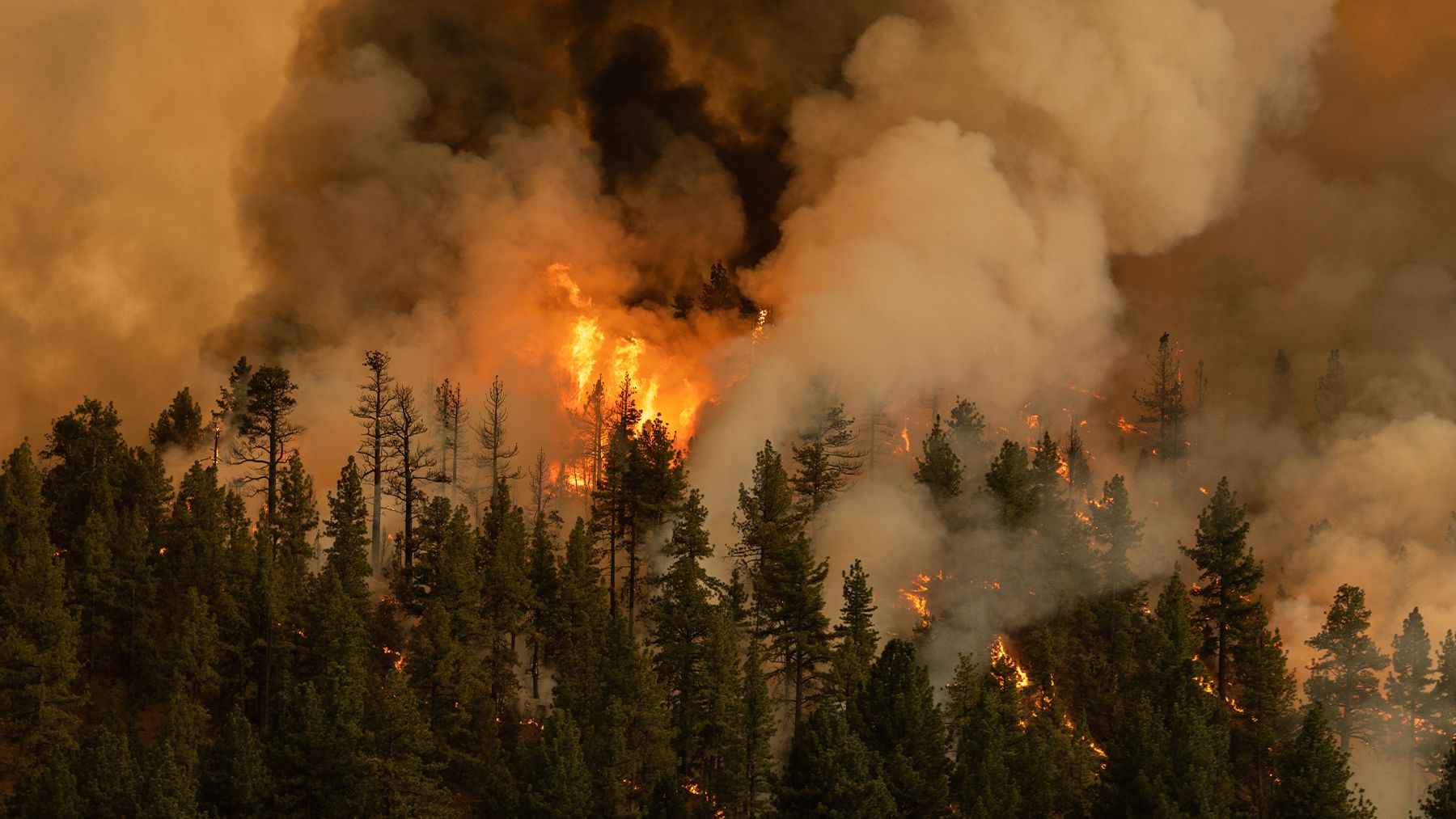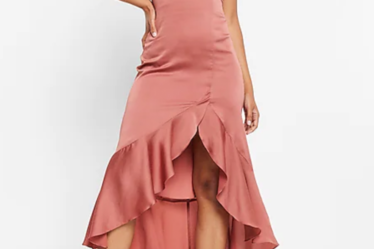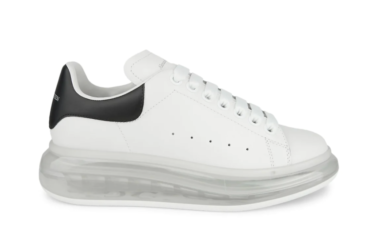
Last month was likely the hottest humans have ever experienced.
Dangerous — often deadly — temperatures have baked Europe, North America and parts of Asia for weeks, bringing with them raging wildfires and surging floods. The human toll is already clear, but this summer’s extremes will also have a long knock-on effect on the global economy.
“Climate change is here. It is terrifying. And it is just the beginning,” UN secretary general António Guterres told a press conference in late July. “The era of global boiling has arrived.”
Fashion doesn’t seem to be feeling the heat.
Amid a flurry of high-profile earnings over the last two weeks, the weather barely got a mention. In fact, it came up just once, on Moncler’s investor call: Asked by an analyst whether the purveyor of high-end puffer jackets had seen any impact from recent heat waves around the world, chief marketing and operating officer Roberto Eggs put a positive spin on the business case.
To cope with more variable and extreme weather, Moncler has begun mixing up its offering to provide both warm and light products throughout the year, Eggs said. Multi-layered outerwear that can be adjusted for the temperature, also commands higher prices, he noted.
It’s a strategy that is performing well for the top line — Moncler reported sales that broke the €1 billion mark ($1.1 billion) for the first time in the first half — but neatly sidesteps fashion’s contribution to the problem and correlated business risks.
Indeed, while most (though not all) companies made a passing nod to sustainability initiatives on quarterly earnings calls over the last month, the lack of consideration given to the summer’s weather extremes provides an illuminating insight into how much businesses and their investors see the increasingly stark climate reality as a problem for today.
Generally, companies focus their earnings calls on issues they expect to impact performance over the next three to six months. The long-term, unpredictable impacts likely to result from global heating historically haven’t really ranked. But with weather extremes becoming more common and more destructive, if investors don’t start asking more questions, they risk being blindsided in the future, Stephanie Williams, a sustainable investment analyst at asset manager Schroders, said in an email.
“The reality is that neither companies nor investors have adequately grasped or modelled the potential consequences of extreme weather on apparel supply chains,” said Williams. “Whilst extreme heat may only rear its head occasionally now, these consequences for the industry are only going to grow.”
For now, the topic is generally relegated to annual reports, where regulators are increasingly mandating companies disclose their climate risks and mitigation strategies. In fashion, apocalyptic weather is a threat to supply chains that could raise costs, limit access to raw materials and disrupt production. How the fallout influences consumer sentiment and regulatory action could also have a radical impact.
Brands say that even if they are not making climate a central focus of their earnings calls, they are stepping up action. The last few years have seen fashion’s biggest businesses set a proliferation of environmental targets and pledge support to an array of collaborative initiatives. Results so far are limited.
Companies including Kering (which briefly noted its position as a sustainability leader during a two-hour analyst call last month), LVMH (which flagged a new commitment to reduce water use in its first half results) and Adidas (which mentioned Yeezy 58 times and sustainability twice on its earnings call Thursday) have all continued to grow their total emissions — though the intensity of their impact (the emissions produced by every shoe manufactured or dollar earned) has come down.
The dissonance between the urgency felt by the climate community and investor sentiment isn’t limited to the fashion industry. Though climate anomalies are occurring with more frequency and greater intensity sooner than many scientists had expected, the immediate impact on businesses can be hard to interpret.
“I don’t think the market knows how to price this in yet,” said Tariq Fancy, the former head of sustainable investing at Blackrock, the world’s largest asset manager.
Some manufacturers, who in most cases are closer to the frontlines of the climate crisis than brands, are struggling to get to grips with what a new reality of more extreme weather could mean for business. But addressing such risks requires investment, which can be challenging in an industry that is intensely competitive on pricing.
“Looking at the acceleration of climate breakdown, we need to start looking at extreme events differently — both as enhanced intensity and frequency,” said Vidhura Ralapanawe, head of sustainability and innovation at Hong Kong-based sourcing and supply chain management business Epic Group. “I don’t think any industry has really understood that status quo is no longer a viable planning proposition.”
The costs of inaction are only likely to become clearer.
“Extreme heat is exacting a huge toll on workers and through workers on output and earnings at the factory level,” said Jason Judd, executive director of Cornell University’s Global Labour Institute.
Intense flooding, which is arguably less predictable and more destructive, is also a growing risk in many of fashion’s major sourcing hubs.
“It’s hard to argue these are not material risks,” said Judd, who has been researching exactly how much climate breakdown is likely to cost the fashion industry. “The numbers are enormous,” he said.



